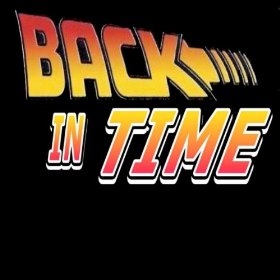 A couple of months ago, we had a very successful presentation on vagrant/puppet. Given by a developer, it sparked motivation in some devops enthusiasts to give a workshop. It went really well. (Vagrant Tutorial)
A couple of months ago, we had a very successful presentation on vagrant/puppet. Given by a developer, it sparked motivation in some devops enthusiasts to give a workshop. It went really well. (Vagrant Tutorial)
They had a great format with their workshops that seemed effective. They were super enthusiastic, which translated to super prepared. They had created a wordpress post that was a very detailed, step by step instruction on getting started.
The interest and effectiveness of this sparked motivation to do “other topics”. So I put together this tutorial on mobile development, “featuring jQuery Mobile”.
I thought the idea of something where I had the material prepared beforehand and could just say “go” was a great place to start. This shouldn’t be a presentation, it should be an opportunity for people to get their hands dirty.
I was running through tutorials and found a lot of them had put their code on github. At some point I had the idea to use branches to “step” through the tutorial. The way I envisioned the workshop going was to start with nothing, and build out a mobile app through logical steps — as a lot of tutorials do. Do a header, do a menu, do a list, do a link, do a transition, do a search. Coming up with a list of “things to do” was easy.
Putting it together with github also meant I could just put the directions in the base readme and it would be a completely self-contained tutorial. (Not to mention, having it in git allowed me to force people who I know don’t want to make the switch out of SVN to use a VCS that is so much nicer.)
Anyway, the finished draft took a long time. It was a lot of easy stuff, but time consuming.
The most important part came after the draft was finished. I gathered some team members and some cross-team members — basically whoever would come sit with me and had them run through it to see if it made sense. They were brutal. It was great. A lot of this work happened after hours, so the language was at times, very stream of consciousness. Having people with varied familiarity with the topics covered allowed for some invaluable revisions.
Overall, the workshop proved to be a wonderful exercise in collaboration and teamwork, and regardless of how the actual workshop goes, it has left me better than I started, so that’s good enough.
